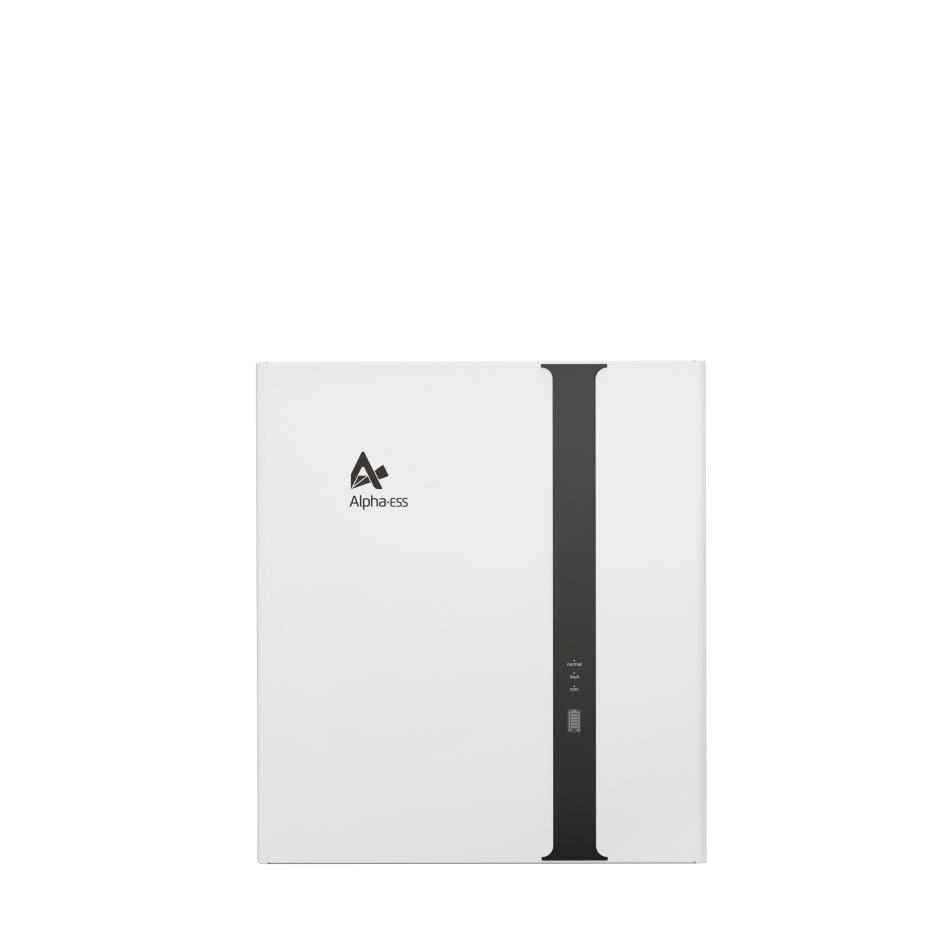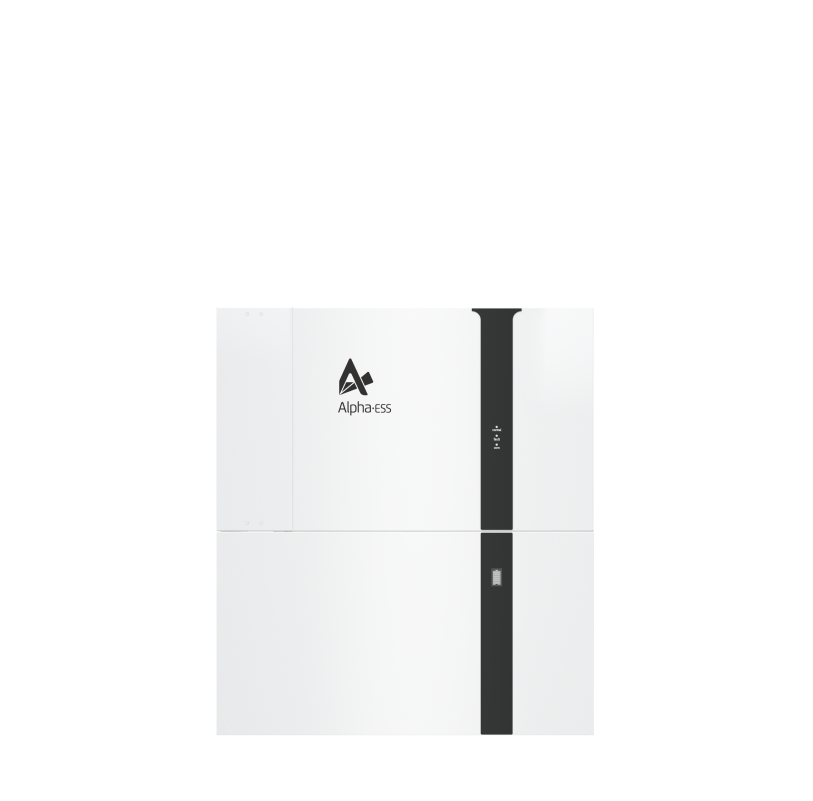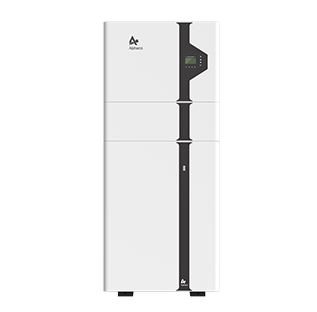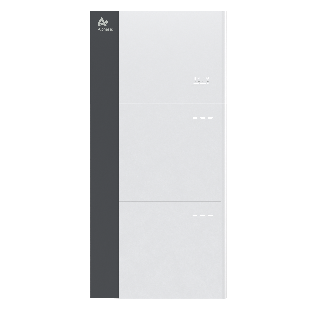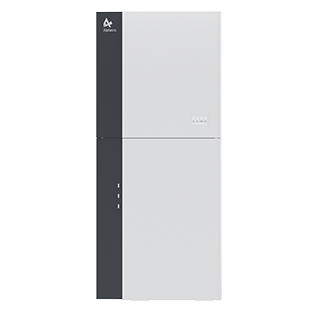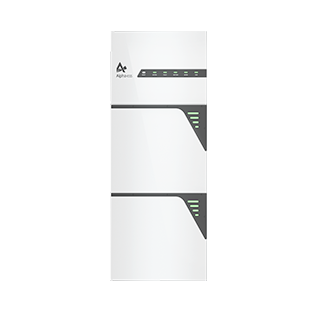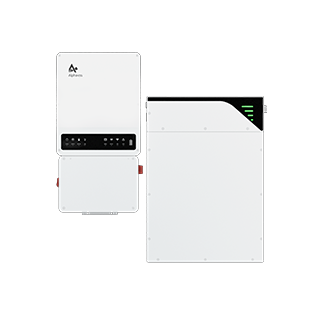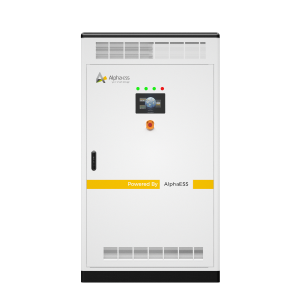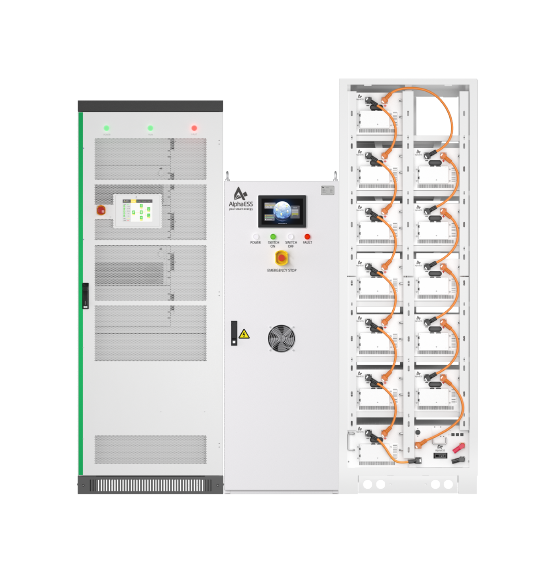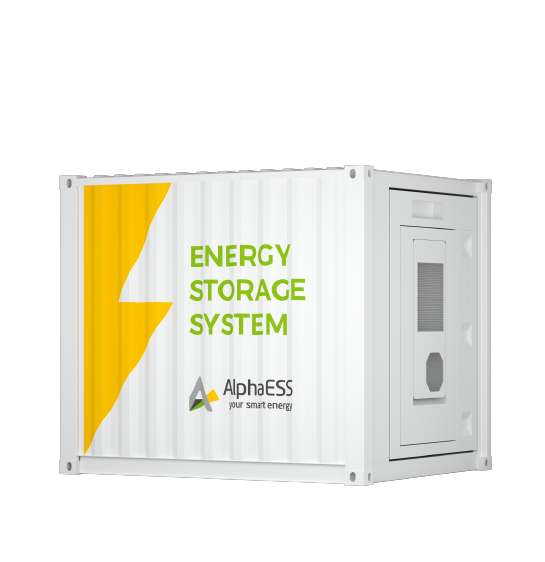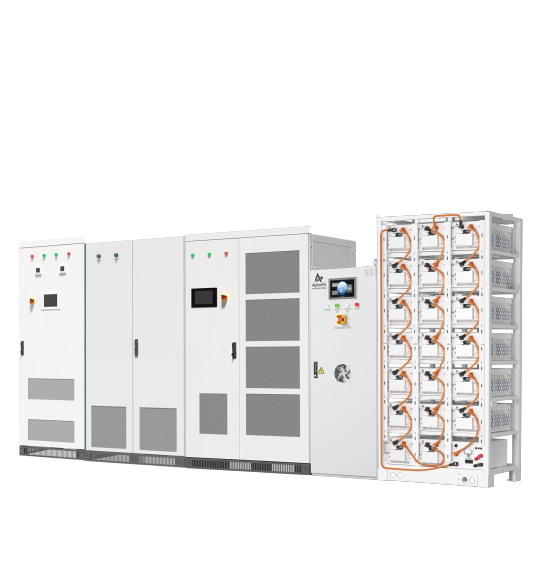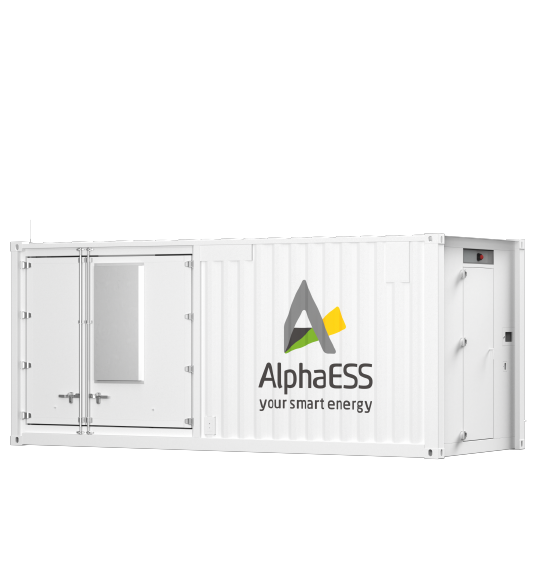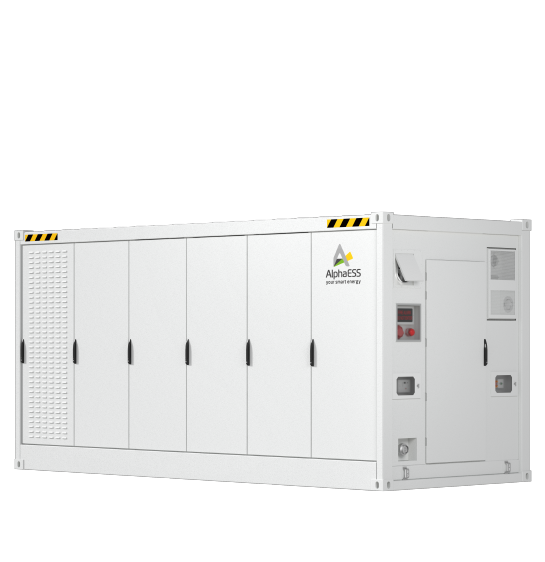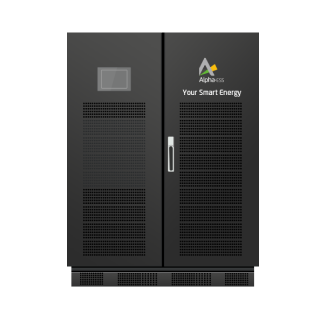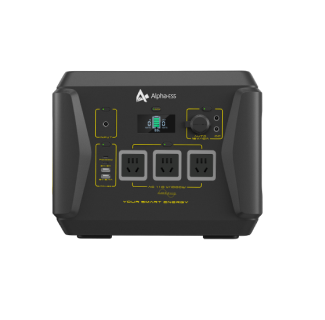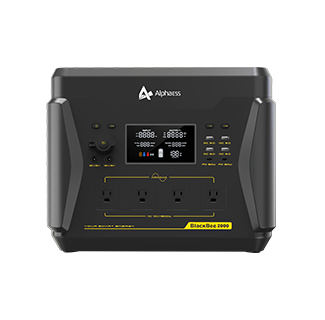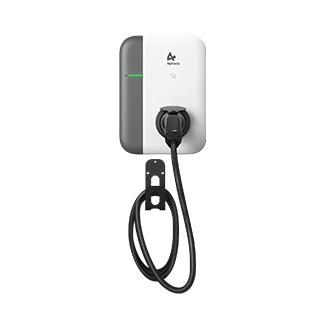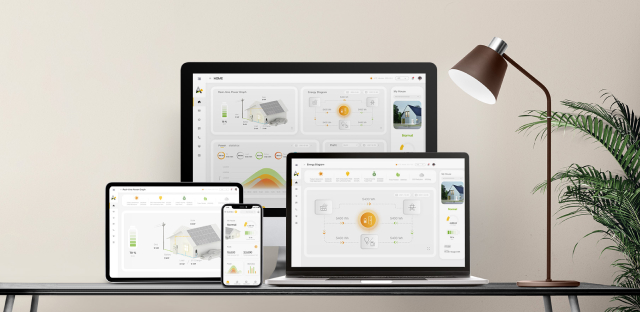How Can Demand Charge Be Reduced?
2020-10-21
What is the demand charge?
Typically, there are three parts to commercial energy bills.
Baseline Charge, often known as the connection fee. This is typically a set fee that everyone pays just to be part of the grid.
Energy or usage charge is based on the total amount of electricity you use. While demand charge is based on your highest “peak usage”. The demand charge is determined by the highest 15-minute average usage recorded on the demand meter that month.
In other words, if the facility only uses a lot of power briefly, your entire monthly bill will have demand charge based on that brief peak demand. If your power use is more consistent throughout the month, your demand charges will make up a much smaller part of your bill.
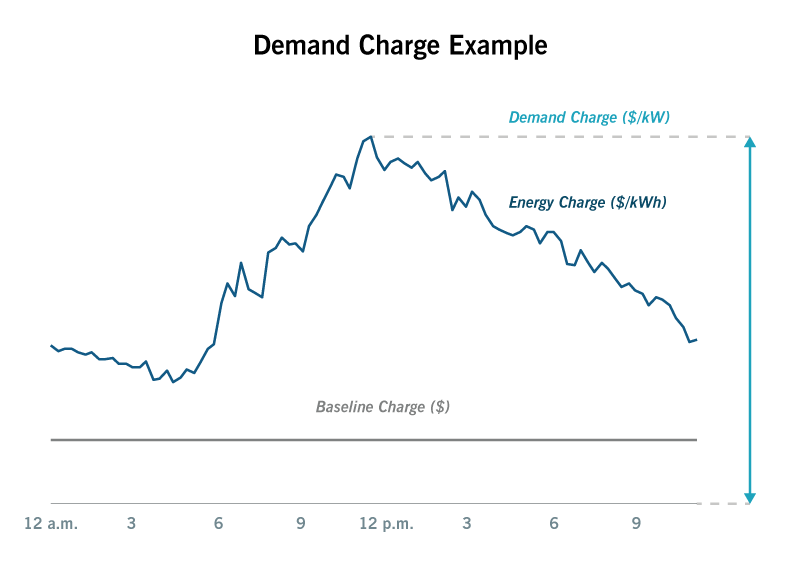
How does solar storage assist with peak demand charge?
As we know, the smart meter records the demand power every 15-30 minutes as the highest data will be used for demand charge calculation. So, we can reduce the demand charge by decreasing the peak demand.
The key of reducing peak demand would be energy storage system with PV, which can draw the electricity from the grid during off-peak period or store the surpassed energy created by solar generator on daily basis, and then release the energy to avoid the extreme peak demand, once vast amounts of power is suddenly required.
Peak shaving, the process of lowering peak demand spikes by shifting loads off grid-sourced energy to onsite means such as solar-charged energy storage, requires batteries, software and analysis of operations to reduce demand. In Australia, the US, more than a dozen countries in Europe are incentivizing battery storage in front of the meter (on the utility or grid side) as well as behind the meter (onsite, at your home or business), which is normally known as the load-shifting.
-

 Harnessing the Power of VPP and FCAS with AlphaESS
Harnessing the Power of VPP and FCAS with AlphaESS2024-07-26
-

 Understanding PV-BESS Coupling Methods: How to Choose the Best System for Your Needs
Understanding PV-BESS Coupling Methods: How to Choose the Best System for Your Needs2024-07-23
-

 Unlocking Energy Independence with AlphaESS: Maximize Self-Consumption and Self-Sufficiency with Advanced Solar Solutions
Unlocking Energy Independence with AlphaESS: Maximize Self-Consumption and Self-Sufficiency with Advanced Solar Solutions2024-07-19
-

 AlphaESS Product Evolution Story
AlphaESS Product Evolution Story2024-04-02



